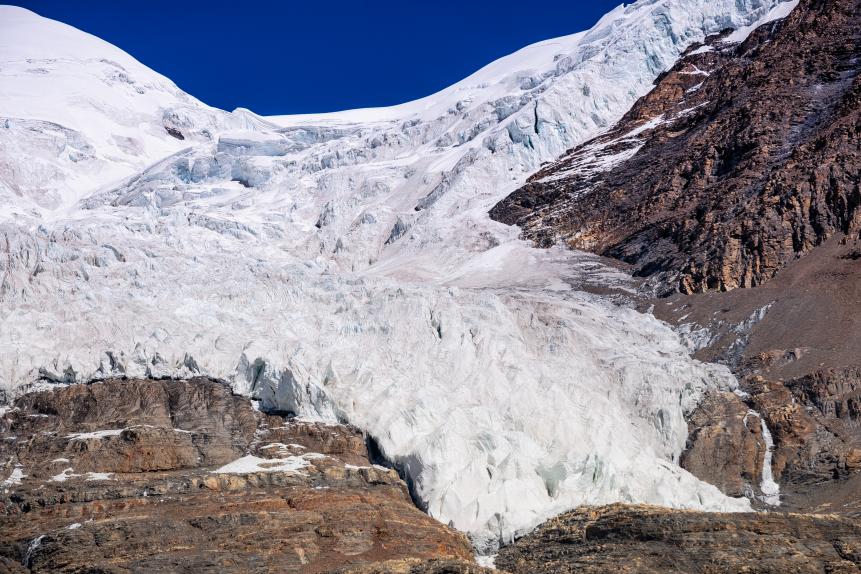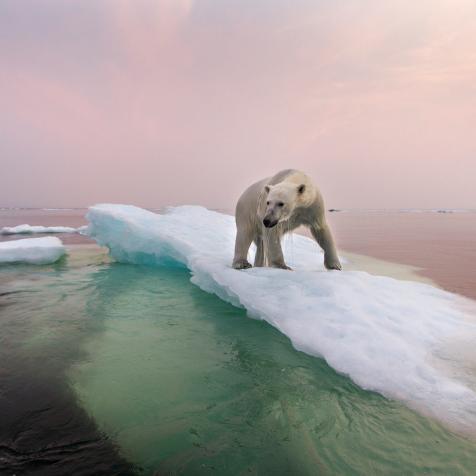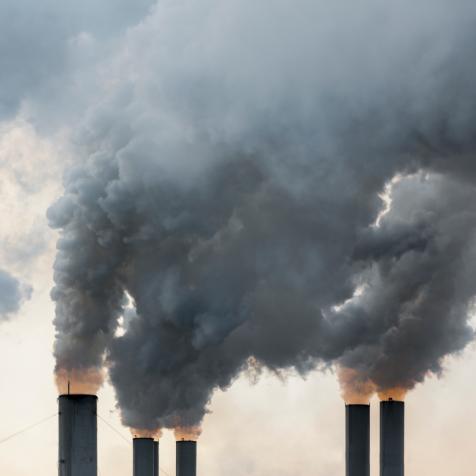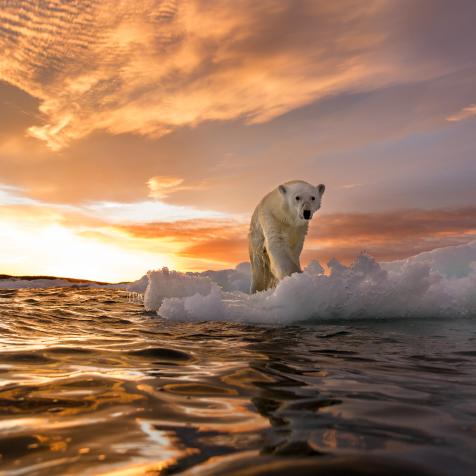
PHILIPP ROHNER / 500px
Global Meltdown: Scientists Race to Gather Crucial Climate Data from Glaciers
Glaciers store a vast amount of important climate data within their frozen rivers of snow and ice. But many of the world’’s 220,000 glaciers are under threat from global warming and are melting at an accelerating rate. Now scientists are in a race to gather long-frozen records of Earth’s past climate from the ice.
In late 2020, a United Nations climate monitoring team went to harvest ice cores from the Grand Combin glacier in the Alps along the Swiss-Italian border. They were looking to add to test cores drilled just two years earlier showing clear chemical evidence of past climate along with samples of atmospheric gas.
But when they got there, the glacier had thawed so much that any information trapped in the ice was lost. And this is a process happening in glaciers all over the world. Evidence published in April using NASA Terra satellite imagery showed melt rates were more than 30 per cent higher between 2015 and 2019 than 15 years earlier.

Viaframe
Glacier in Switzerland threatened by climate change.
Water released daily from the world’s glaciers would fill an area the size of New York's Central Park, rising almost 900 feet (273m) high. More than 328 billion tons (298 billion tonnes) of ice and snow flow into rivers and seas each year, taking with it precious data on our past climate, and the ability to forecast what happens in the future.
Records show that glaciers have been retreating since 1850. But in the past 50 years, the mass balance of glaciers worldwide — the rate at which snow and ice are added to glaciers compared to what they lose — shows that glaciers are shrinking.
Almost all of the world’s glaciers are thinning out, and that means they may no longer act as a reliable store of atmospheric air bubbles, dust, pollen and volcanic ash, for scientists of the next century and beyond to study. Among the fastest melting glaciers are those in the Alps, but half the world’s glacial loss is from the US and Canada, and that ice core data could be lost forever.
Glacial ice ranges from hundreds of years old to hundreds of thousands of years old. And the oldest continuous ice records are up to 130,000 years in Greenland and 800,000 years in Antarctica, where ice cores more than two miles in length have been extracted.

Paul Souders
Icebergs from Jakobshavn Glacier melting in Disko Bay in Greenland.
What those cores reveal are changing levels of greenhouse gases like carbon dioxide (CO2) over the last 400,000 years and clues to global warming. As the Earth warmed and cooled, during ice ages, CO2 varied between 180 to 280 parts per million. Today’s levels, in excess of 410 parts per million, are unprecedented and linked to human activity.
But it is not just atmospheric make-up or events like volcanic eruptions that are recorded in ice cores. Scientists have found viruses nearly 15,000 years old in samples from a Tibetan glacier. Genetic codes for 33 viruses, 28 of them unknown to science, were discovered, and researchers hope to find out more about how viruses have evolved and how they might respond to climate change.

Emad aljumah
Karola Glacier in Tibet.
Action is now being taken by organizations such as the National Science Foundation and Ice Memory to preserve this type of data and increase our understanding of Earth’s climate and environment. They say that ice-covered areas of the Alps and the Andes will probably disappear by the end of this century.
But perhaps the most ominous signs of glacial loss come from places like Greenland and Antarctica, where melt from colossal ice sheets raises global sea levels. In the case of Greenland’s glaciers, researchers find that the bigger they are, the faster they melt.
Deeper fjords allow more warming seawater to undercut the glacier as it interacts with fresh melt water. “When the ocean speaks, the Greenland ice sheet listens,” said NASA investigator Josh Willis. Climate models may hugely underestimate ice loss as a result, but prioritizing glacial research will help predict how fast ice is shrinking and what that means for future generations.


















